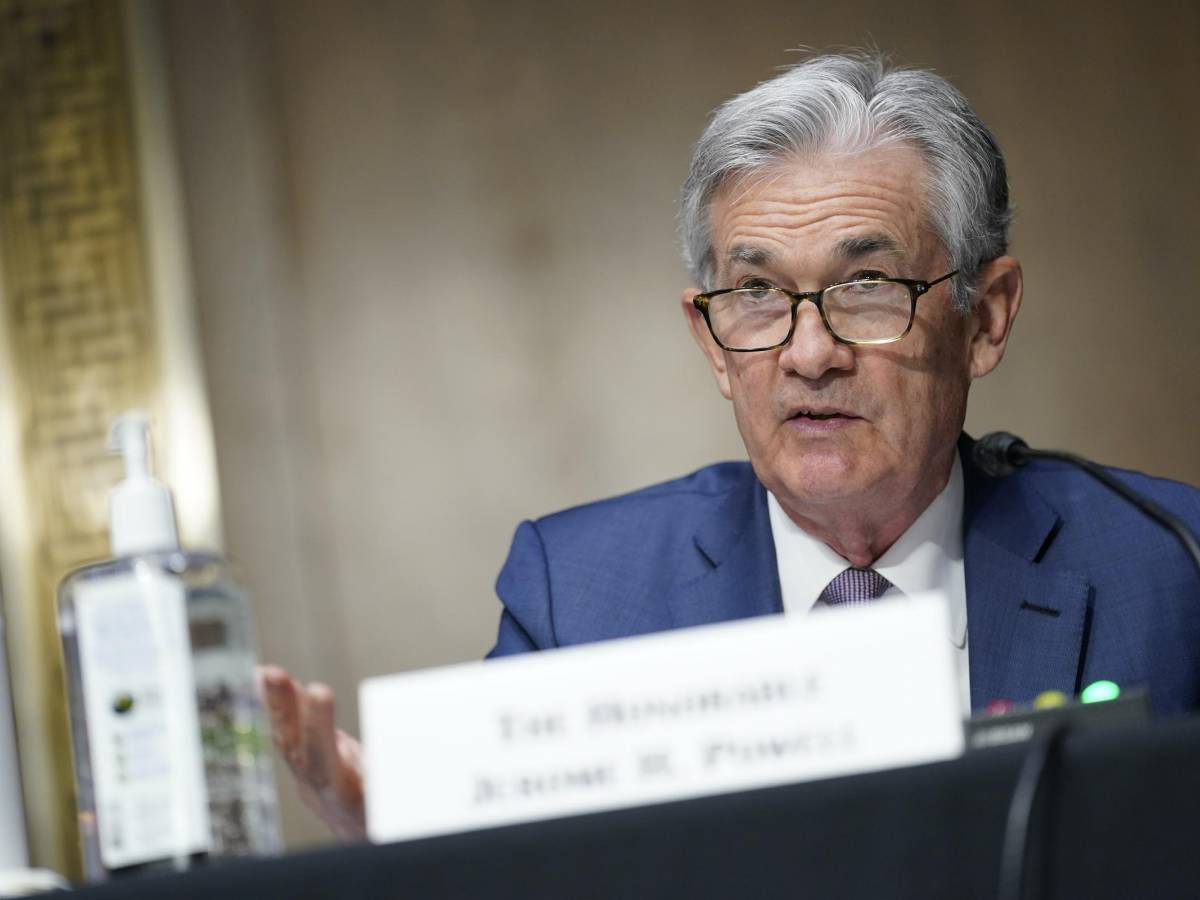Thirty years after the bubble burst that marked the beginning of the end of the brilliant expansionary growth model that Michael Crichton so well described in The Rising Sun, Japan has not yet recovered. No new miracles. The sun is dwindling. Despite billions of dollars in stimulus from Abenomics and the Central Bank. Now the United States is in danger of facing the same fate. The current rise of the Standard & Poor’s 500 on Wall Street is quite comparable to the Nikkei in 1980, Stairway to Heaven that was the swan song of the Japanese dream, but the similarities don’t stop only on Wall Street.
Year after year, the daughter of the United States of America is taking shape. The dynamics and socio-economic problems are identical, and the countermeasures to confront and solve them are identical. As analysis by Lance Roberts, Head of Strategies at Ria Advisor recalls, Washington shares sluggish growth rates with Tokyo, suffers from an inelastic supply and demand curve, and relates to weak industrial production, slumping exports, and shrinking savings.
Above all, it must deal with an aging population, which is undermining the social assistance system being a $160 trillion taxpayer liability. Hence the need for a continuous drain of public resources, given that less than two workers for every retiree in America fund the pension system, which provides another example of economic leniency.
In short: the system does not hold up. According to the Congressional Budget Office, it will collapse internally in 2031 when the money will run out. To plug the leaks, the United States issued public bonds of about $1 trillion in 2019, which was before Covid, and failed to cover revenues (3.5 trillion) and expenses (4.4 trillion), of which 75% were social security and debt. responsible interest. Obviously, the numbers got worse last year, and maybe this year as well. Another chasm has been announced for 2022, if Congress approves Joe Biden’s new deal, which provides for 6 trillion papers, two-thirds of which will be borrowed.
If the current trend is not reversed, Roberts predicts that by 2050, the debt of stars and bars could rise from 28 trillion to 140 trillion. unsustainable level. But, regardless of the debate in recent weeks about whether to withdraw aid (the so-called tapering), the Fed will have only one alternative in the coming years: to continue monetizing the debt, even at the expense of raising its balance sheet. to 40 thousand billion. It is the classic liquidity trap that Japan slipped into without being able to get out of it. However, this is the only way to keep interest rates low. Only in this way can the economic strengthening of the state be ensured. But low, because debt ends up eroding growth margins and creating another gap between Wall Street and Main Street, which is less prosperous. Another clue?
With federal benefits ending and eviction bans lifted in late September, Goldman Sachs estimates that as many as 2 million families are likely to find themselves halfway there soon.

Communicator. Reader. Hipster-friendly introvert. General zombie specialist. Tv trailblazer

